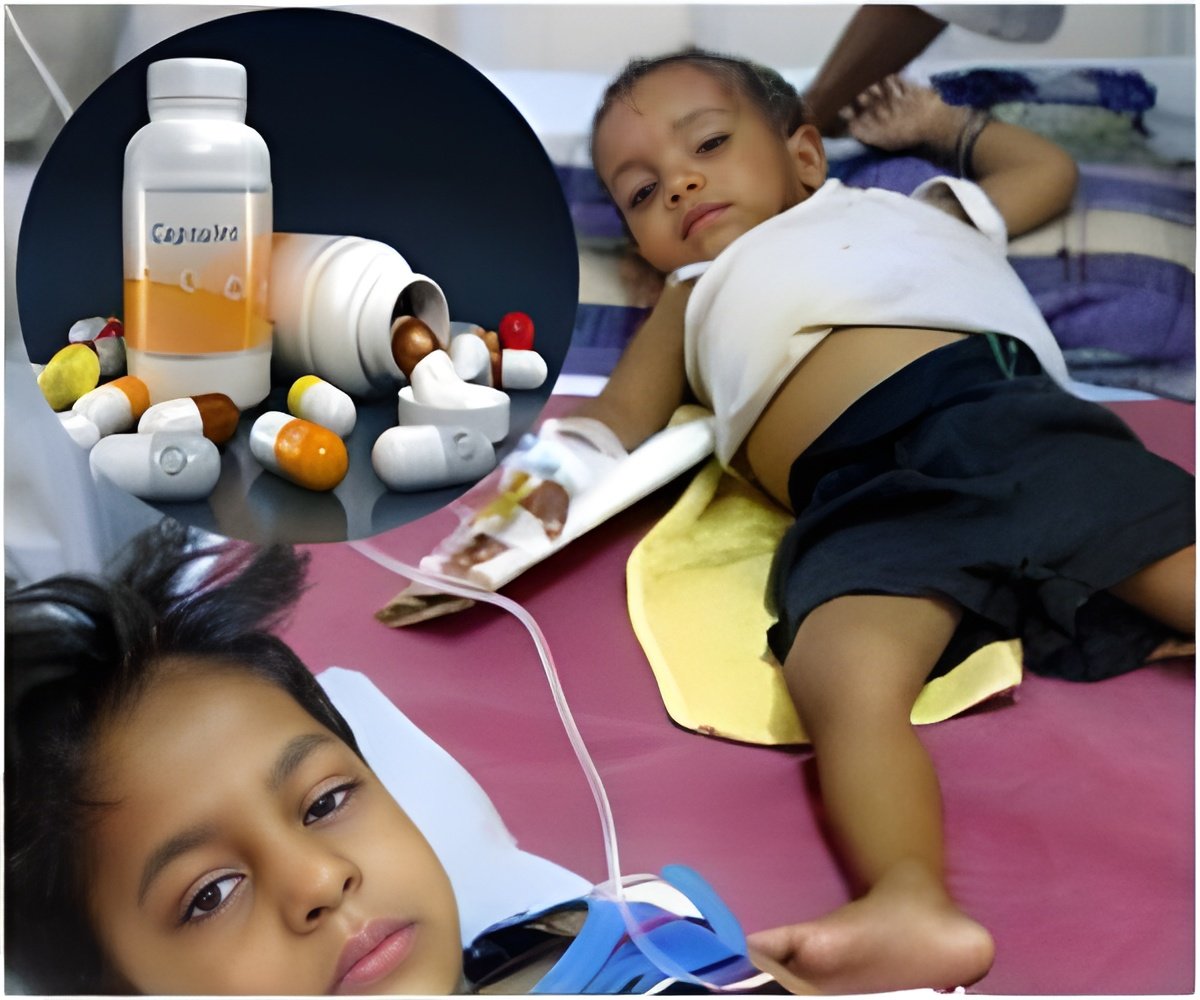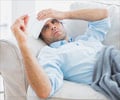In 12 of 21 countries of Eastern and Southern Africa Region, 104,095 cholera cases and 1562 deaths due to diarrhea have been reported.

‘In the past 2 weeks, 8 out of the 21 countries in East and Southern African Region have reported active transmission of cholera.’





According to a report by the United Nations Children’s Fund (Unicef):
- Somalia accounts for 75 percent of the total cases and is the worst affected with 1 666 people killed.
- South Sudan at 15.9%
- In the past 2 weeks, 8 out of the 21 countries in ESAR have reported active transmission of cholera / acute watery diarrhea (AWD)
- Tanzania reports the highest number of new cases (153) in the past week
- Of the 8 countries, Kenya and South Sudan have recorded the highest CFR at 1.8% in 2017, followed closely by Uganda (1.7%) and Tanzania (1.6%).
Cholera - What is it?
Cholera is an infection of the small intestine and is caused by the bacterium Vibrio cholerae. It is characterized by sudden onset of profuse watery diarrhea and vomiting.
Cholera is an infection of the small intestine and is caused by the bacterium Vibrio cholerae. Vibrio cholerae produces a toxin called ‘enterotoxin’ which causes the symptoms of cholera. A type of cholera bacteria called El Tor biotype tends to cause milder disease than the classic biotype.
In more than 90% of affected people, the illness is of mild or moderate severity and is difficult to distinguish clinically from other forms of diarrheal diseases. Less than 10% of infected persons develop typical cholera with signs of moderate or severe dehydration that can sometimes lead to death. The mortality rate without treatment is between 25% and 50%.
Advertisement
Cholera is most frequently transmitted by food and water sources contaminated with the causative bacterium Vibrio cholerae.
Advertisement
Cholera infection can be prevented in a community by:
- Sanitary disposal of faeces
- Hand washing after defecation
- Pure drinking water
- Uncontaminated food supply (particularly seafood and vegetables).
- Sanitary preparation of food in commercial establishments and homes.
- Cleanliness are the most effective ways of preventing and controlling outbreaks.
Source-Medindia












